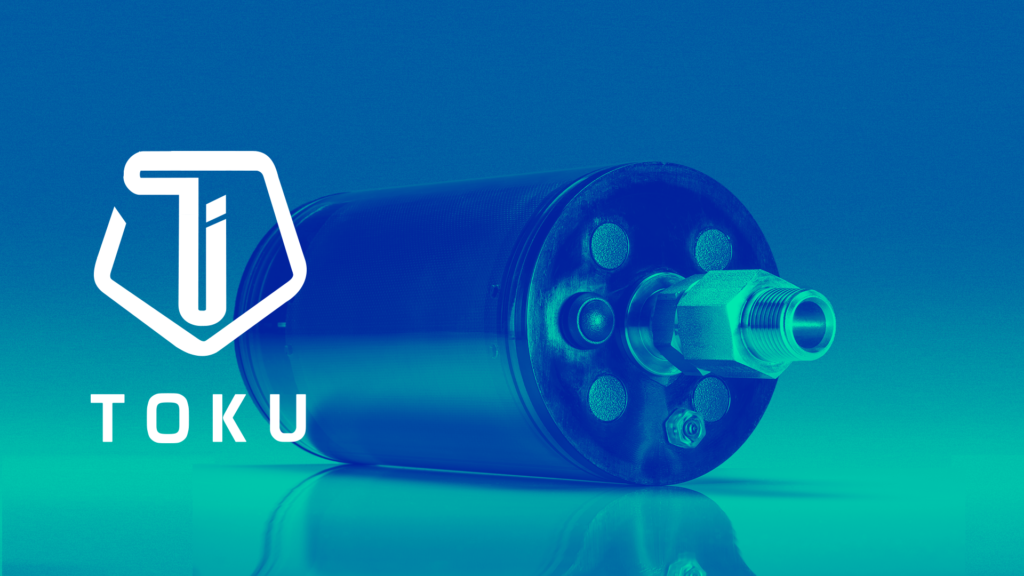Capturing high-quality pressure data is critical for determining what is really happening with your oil and gas assets and for determining if they are operating both efficiently and effectively. With accurate and high-resolution pressure measurements captured every second, an operator can clearly identify the changes in pressure indicative of potential issues such as efficiency loss in a down-hole pump, breaches in a liquid line or liquid slug formation in a gas line. Having high-quality intel allows operators to assess an issue as soon as it presents itself and respond accordingly before major damage takes place. Additionally, this intel allows operators to thoroughly analyze operations and make necessary adjustments to improve operational efficiency.
Recently, our team conducted a test to analyze the performance and capability of the TOKU pressure monitoring device. The accuracy of the device’s temperature corrected pressure readings was compared against the outputs of a high-performance pressure calibrator. The goal was to see how well the TOKU device could “mirror” the calibrator’s outputs.
Test Conditions:
- Input pressure source used: Fluke 6270A Calibrator with a 0-60 psi Pressure Control Module (PCM) with a +/-0.02% span (+/-0.012 psi) uncertainty.
- Sensor used: TOKU T1001-CAHB-2G-S (0 – 30 psi)
- 0 – 10 psi in 0.5 psi increments with calibrator pressure setpoint held for approximately one minute with the time per step starting when each pressure setpoint is entered in the calibrator. Pressure is recorded by the TOKU device in 1 second intervals.
Raw graphical data from ILLUMASS, TOKU’s website interface, is shown below. It is clearly visible that each 0.5 psi increment is being recorded.

The rising pressure of the calibrator from the previous set point to the new pressure set point is highlighted below inside the red circle. The time required for the calibrator to stabilize pressure to the new value is approximately 10 – 15 seconds.

It is clear in the graph below that the TOKU pressure device is recording and displaying the locked-in pressure set point of the calibrator at each stage. The flat horizontal blue line inside the red circle highlights the response of the sensor during the stabilized phase of the calibrator. Although the Fluke calibrator has a stated uncertainty of +/- 0.012 psi, the calibrator fluctuates only +/-0.001 psi (as noted on the calibrator display) when locked into the pressure set point and stabilized. This fluctuation is also captured by the TOKU device and displayed, in turn, on ILLUMASS. The measurements recorded by the sensor indicate calibration grade sensitivity and stability.

In the high-detail graph below, note the scatter of the first 10 points (circled in green) showing small but elevated pressure differences between the calibrator set point and the measurements recorded by the TOKU device. These pressure differences are representative of normal set point overshoot of a calibrator during stabilization. As the calibrator settles into its set point (circled in purple), you can see the maximum difference in pressure between the calibrator nominal set point and the TOKU device is less than 0.0015 psi.

The high-quality pressure information that can be captured by every TOKU pressure sensor provides insight into oil and gas operations that has not been easily or economically available in the past. It empowers users to quickly and cost effectively assess what is really going on and thereby maximize the efficiency, lifespan and production output of their operations while reducing downtime, maintenance costs, and mitigating operational risks.
To learn more or request a demo, please email sales@tokuindustry.com or phone 1-855-GO2-TOKU.
Murray Gerwing, P. Eng.
TOKU Systems

